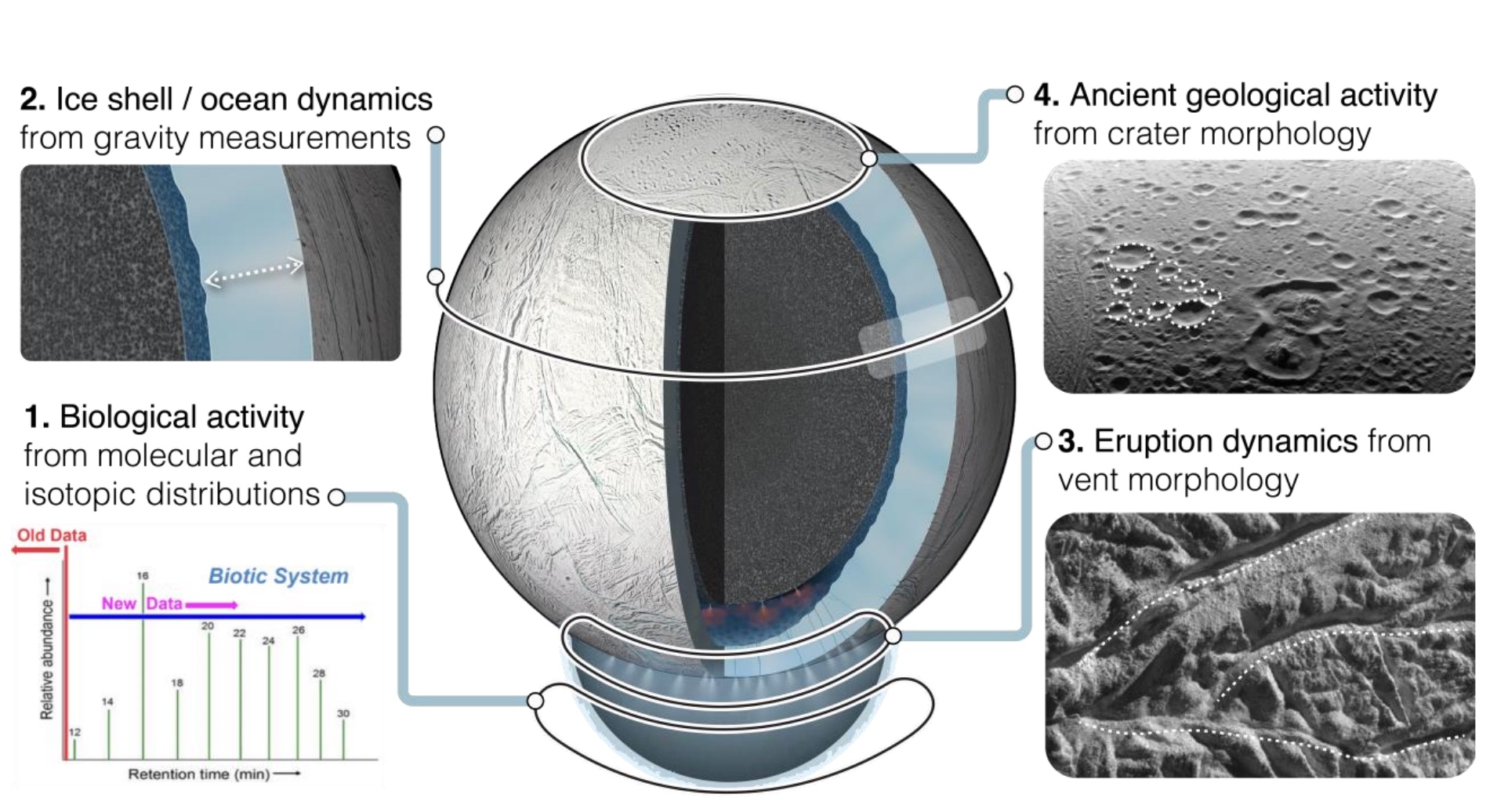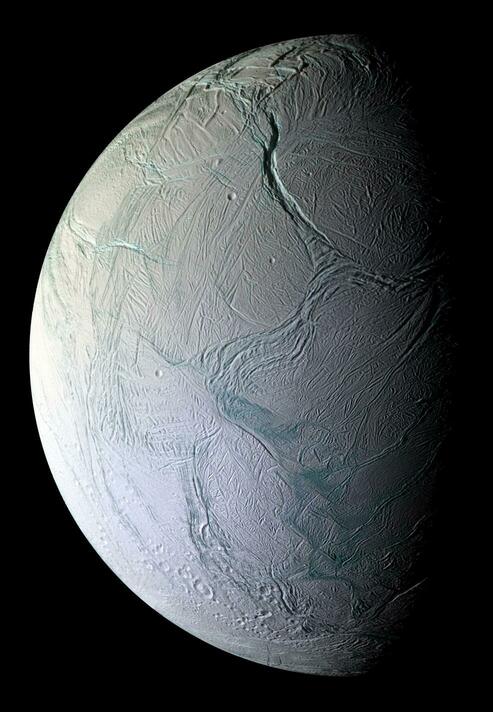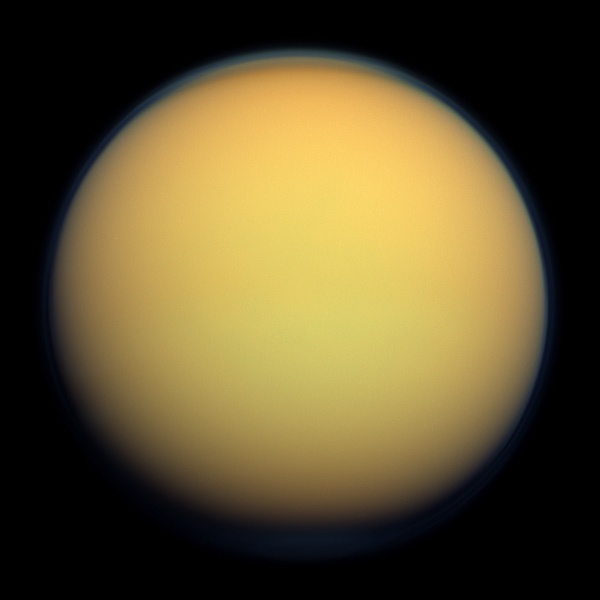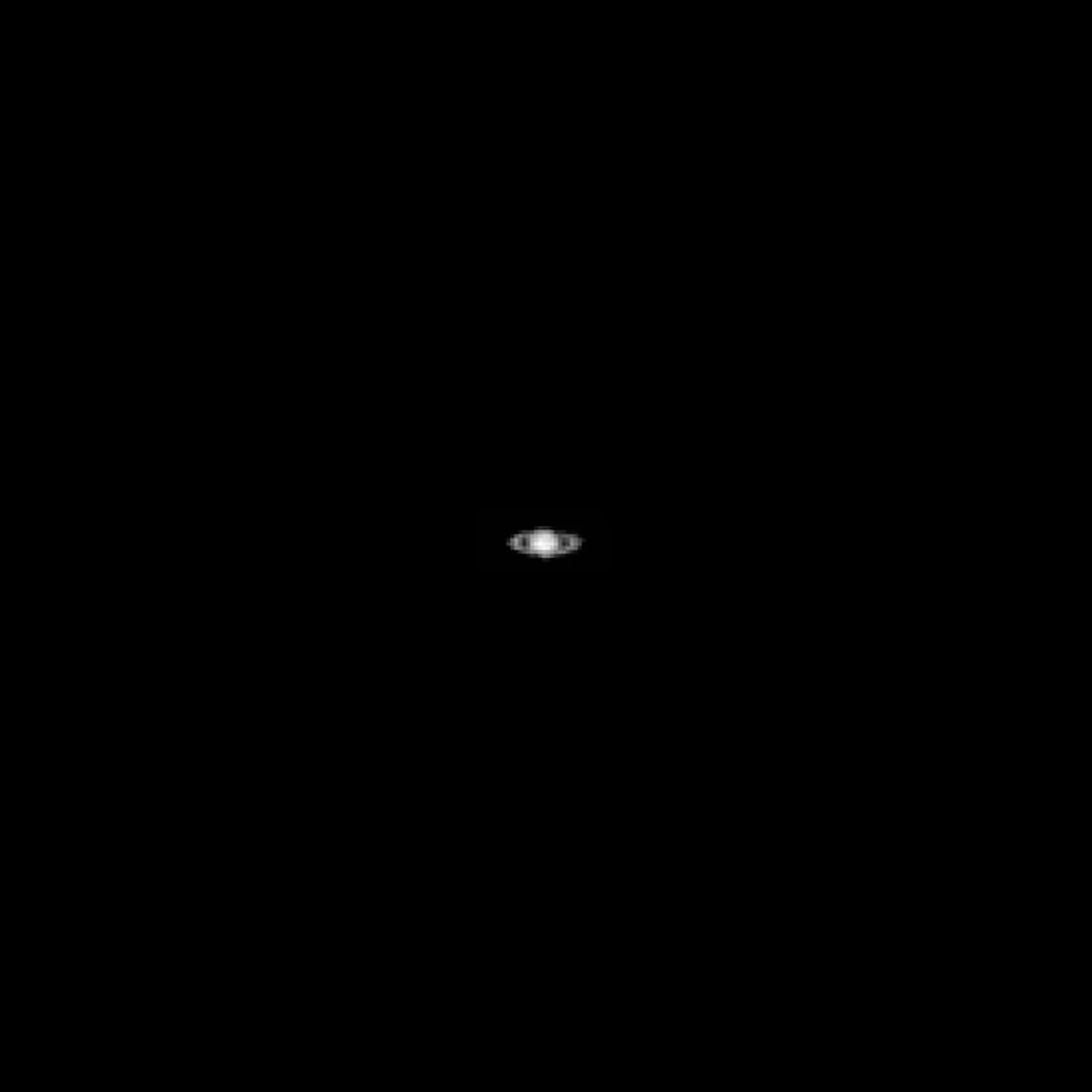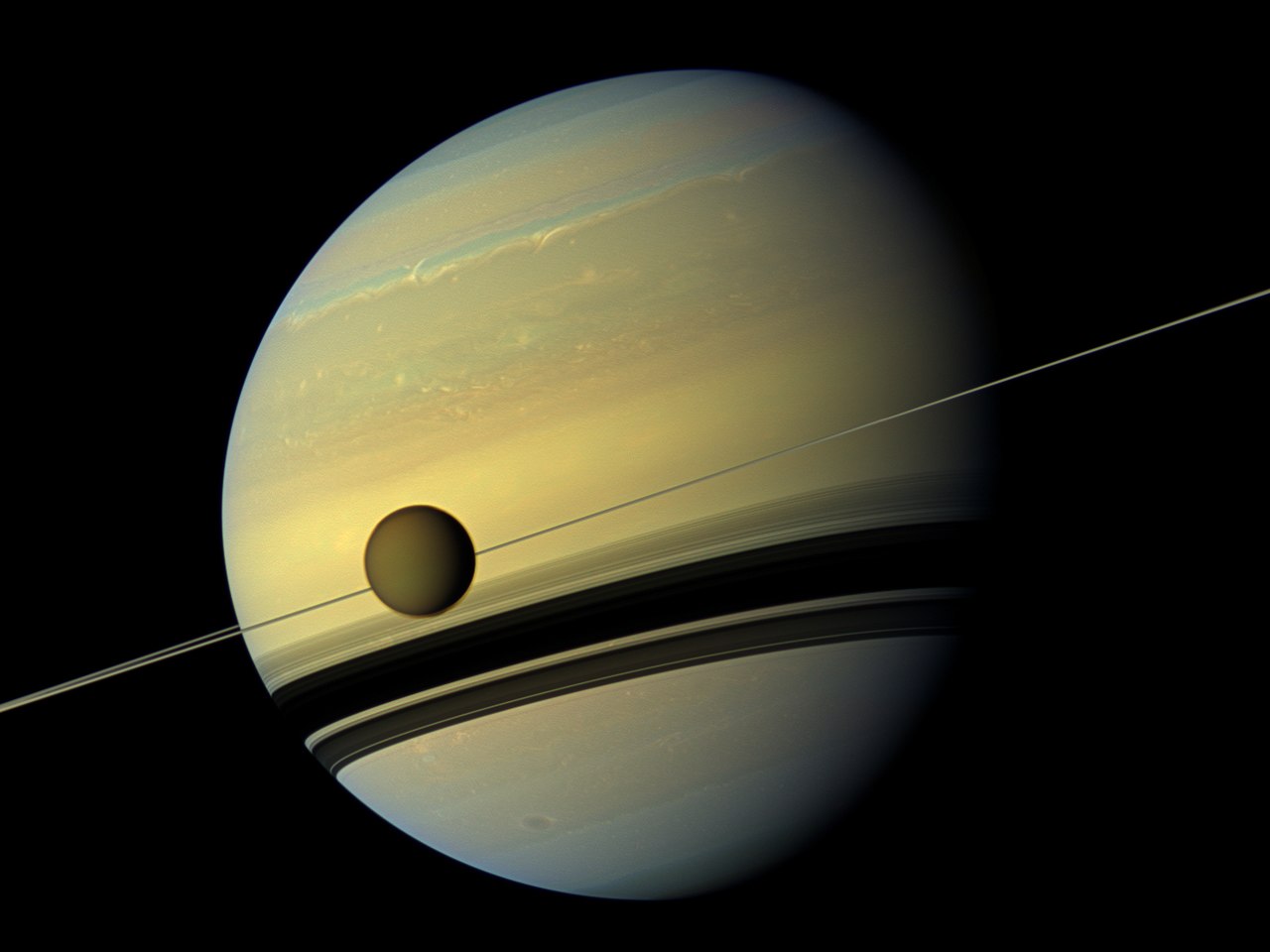In our search for life on other worlds, the one we’ve most explored is Mars. But while Mars has the makings for possible life, it isn’t the best candidate in our solar system. Much better are the icy moons of Jupiter and Saturn, which we know have liquid water. And of those, perhaps the best candidate is Saturn’s moon Enceladus.
Continue reading “We've Got to Go Back to Enceladus. Here's a Mission That Could Get the Science”Saturn’s Rings Warm Up its Atmosphere
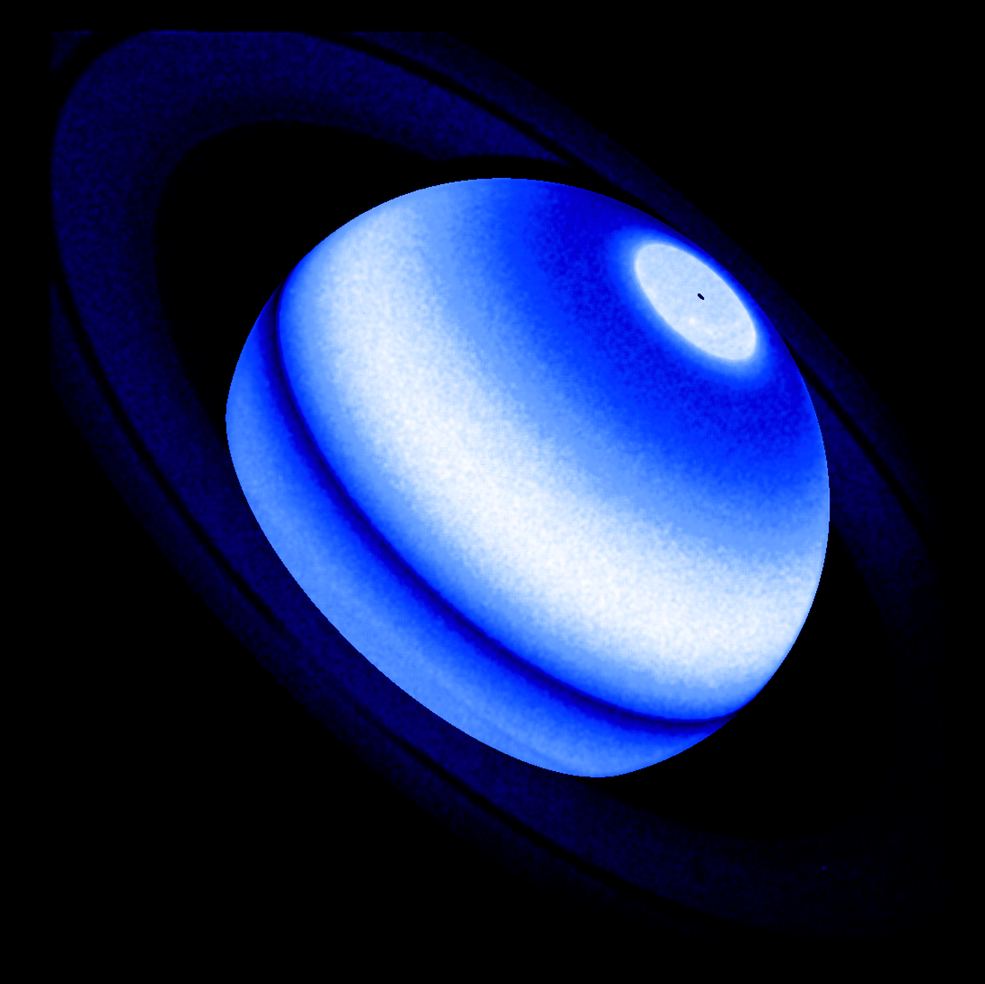
Saturn’s rings are one of the most well-known features throughout astronomy. While much is known about them, they still make headlines from time to time. This includes a recent study involving an international team of researchers that could help paint a clearer picture of the interaction between the gas giant and the massive ring system that encircles it.
Continue reading “Saturn’s Rings Warm Up its Atmosphere”The Favorite Solar System Moons of Planetary Geologists; An In-Depth Discussion
The moons of our Solar System have garnered quite a lot of attention in the last few years, especially pertaining to astrobiology and the search for life beyond Earth. From the Galilean moons of Jupiter to the geysers of Enceladus to the methane lakes on Titan, these small worlds continue to humble us with both their awe and mystery. But do the very same scientists who study these mysterious and intriguing worlds have their own favorite moons? As it turns out, seven such planetary geologists were kind enough to share their favorite Solar System moons with Universe Today!
Continue reading “The Favorite Solar System Moons of Planetary Geologists; An In-Depth Discussion”Will Enceladus finally answer, ‘Are we alone?’
We recently examined how and why the planet Mars could answer the longstanding question: Are we alone? There is evidence to suggest that it was once a much warmer and wetter world thanks to countless spacecraft, landers, and rovers having explored—and currently exploring—its atmosphere, surface, and interior. Here, we will examine another one of Saturn’s 83 moons, an icy world that spews geysers of water ice from giant fissures near its south pole, which is strong evidence for an interior ocean, and possibly life. Here, we will examine Enceladus.
Continue reading “Will Enceladus finally answer, ‘Are we alone?’”Will Titan finally answer, ‘Are we alone?’
We recently examined how and why Jupiter’s moon, Europa, could answer the longstanding question: Are we alone? While this small icy world gives plenty of reasons to believe why we could—and should—find life within its watery depths, it turns out our solar system is home to a myriad of places where we might find life. Much like how the Voyager missions gave us the first hints of an interior ocean swirling beneath Europa’s outer icy shell, it was only fitting that Voyager 1 also gave us the first hints of the potential for life on Saturn’s largest moon, Titan, as well.
Continue reading “Will Titan finally answer, ‘Are we alone?’”Even Tiny Mimas Seems to Have an Internal Ocean of Liquid Water
Data from the Cassini mission keeps fuelling discoveries. The latest discovery is that Saturn’s tiny moon Mimas may have an internal ocean. If it does, the moon joins a growing list of natural satellites in our Solar System that may harbour liquid water under their surfaces.
Continue reading “Even Tiny Mimas Seems to Have an Internal Ocean of Liquid Water”A Spacecraft Orbiting the Moon Just Captured an Image of Saturn
Cameras can be finicky – especially ones primarily used for astronomy. When used for a purpose other than their intended one, sometimes they result in horribly muddled or blurry images. However, sometimes an image works out just right and provides a whole new perspective on a familiar scene. That’s what happened recently when the Lunar Reconnaissance Orbiter (LRO) turned one of its cameras toward one of astronomy’s favorite places – Saturn.
Continue reading “A Spacecraft Orbiting the Moon Just Captured an Image of Saturn”Here are Hubble’s 2021 Photos of the Outer Solar System
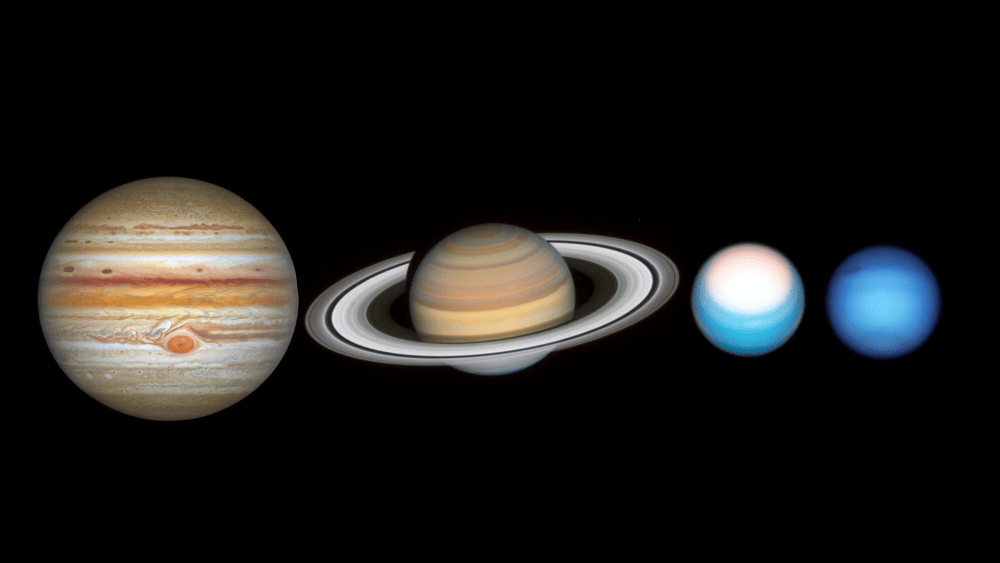
If we had to rely solely on spacecraft to learn about the outer planets, we wouldn’t be making great progress. It takes a massive effort to get a spacecraft to the outer Solar System. But thanks to the Hubble Space Telescope, we can keep tabs on the gas giants without leaving Earth’s orbit.
Continue reading “Here are Hubble’s 2021 Photos of the Outer Solar System”Did Titan Give Saturn its Tilt?
Giant planets like Saturn don’t just tilt over all by themselves: something has to knock them over, or tug on them gravitationally, to push them off axis. Scientists expect that when new planets are born, they form with almost no tilt at all, lining up like spinning tops, with their equators level to the orbital plane in which they circle around their sun.
But no planet in our solar system is perfectly level. Jupiter is the closest, boasting an obliquity (tilt) of just 3.12 degrees. Earth’s obliquity is much more substantive at 23.45 degrees, causing us to experience an annual cycle of seasons as our homeworld wobbles on its axis. Saturn’s tilt is more extreme yet, with an obliquity of 26.73 degrees (though it’s nowhere near as extreme as Uranus, which is practically sideways, spinning at a 97.86-degree angle to its orbital plane).
We can learn a lot from these obliquities.
Continue reading “Did Titan Give Saturn its Tilt?”The Biggest Comet Ever Seen Will get as Close as Saturn in 2031

A mega-comet – potentially the largest ever discovered – is heading from the Oort Cloud towards our direction. Estimated to be 100–200 kilometers across, the unusual celestial wanderer will make its closest approach to the Sun in 2031. However, the closest it will come to Earth is to the orbit of Saturn.
Continue reading “The Biggest Comet Ever Seen Will get as Close as Saturn in 2031”
